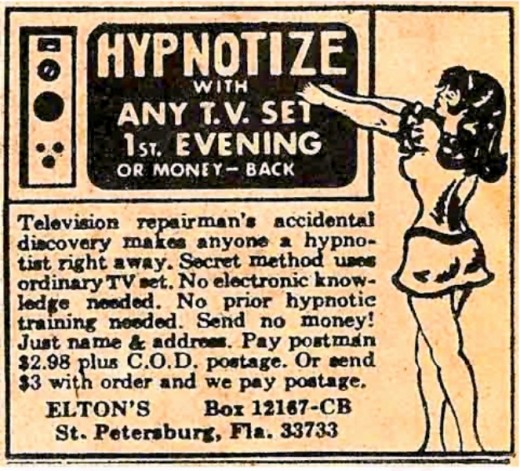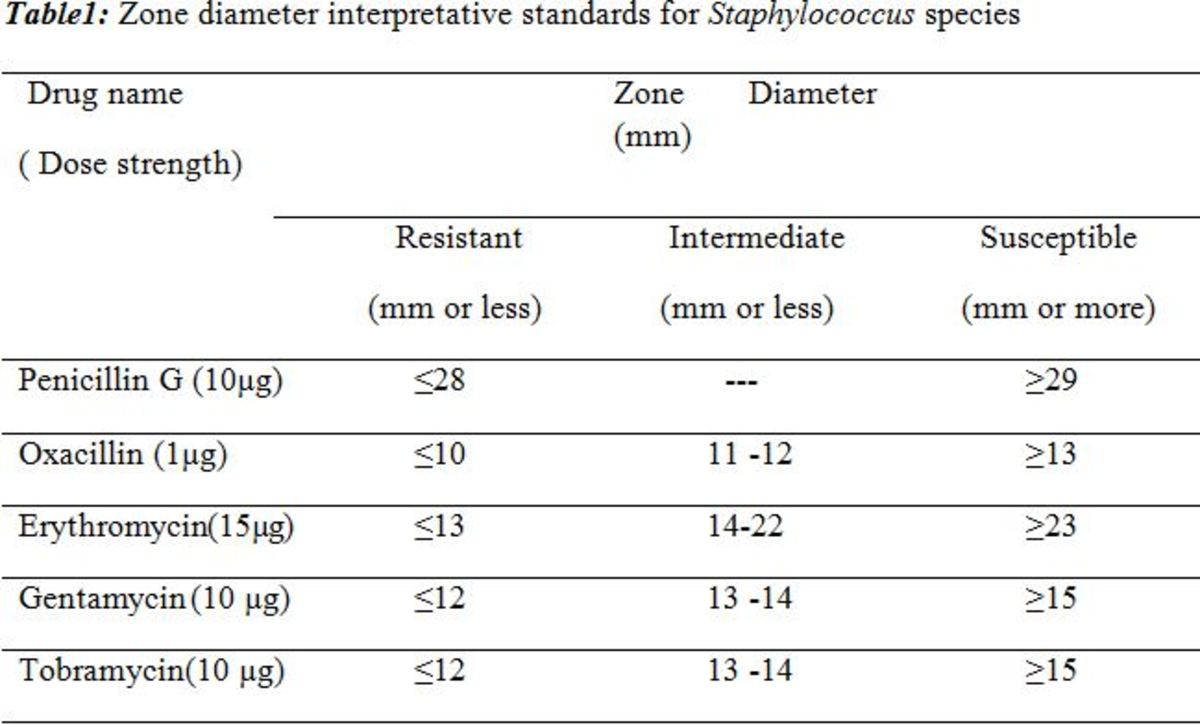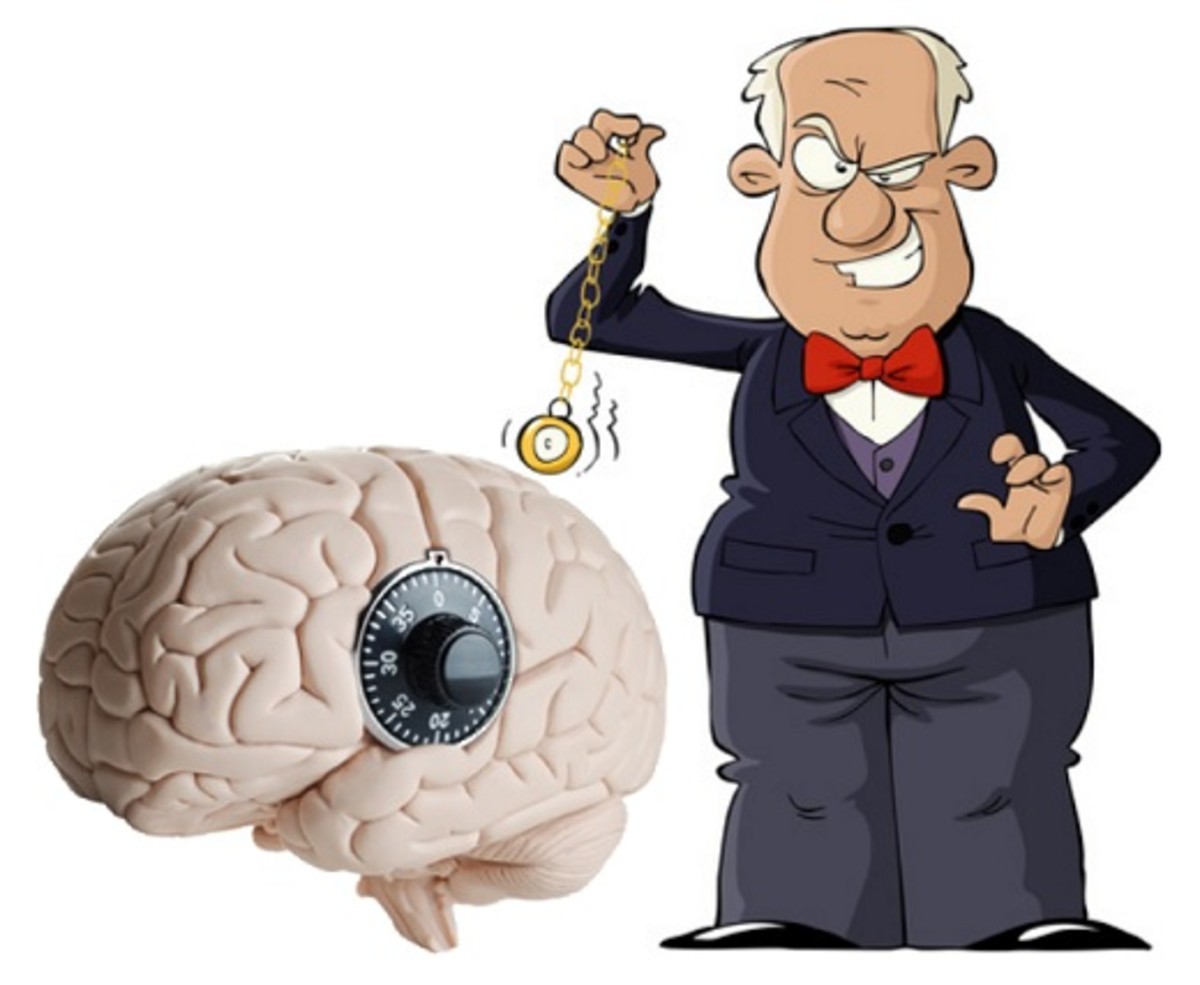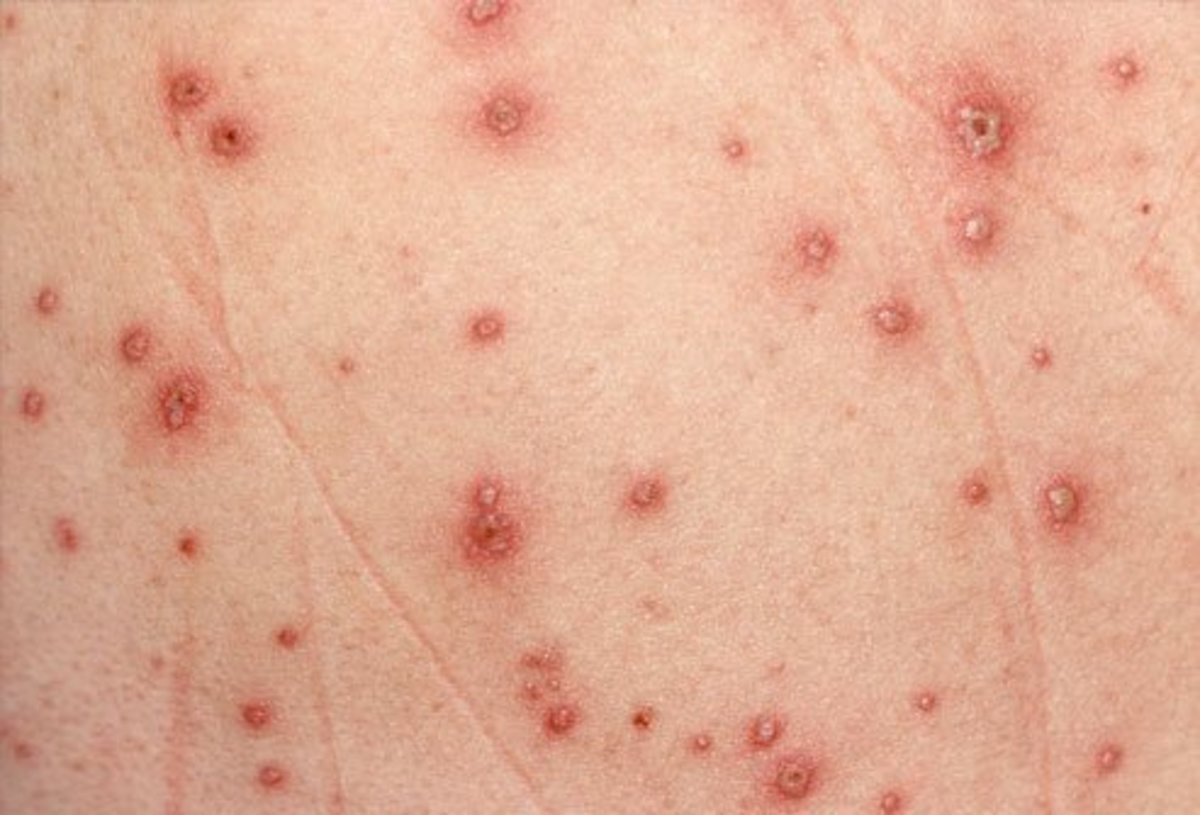Hypnosis: Background and Therapy

Hypnosis
History
Hypnosis started during the 1840’s. A Scottish surgeon named James Esdaile, who lives in India during that period, had demonstrated the effectiveness of trance or hypnosis as a natural anesthetic. Mesmerism method was used which is the forerunner to hypnosis. Viennese physician Franz Anton Mesmer introduced hypnotism during the previous century. James Braid, the father of modern hypnosis, rejected the mesmerism and recognized that the phenomena of trance had medicinal value during the post mesmerism era. He correctly emphasizes the importance of patient’s responsiveness rather than the power of hypnotist. Sigmund Freud, a young neurologist, together with his friend Josef Breuer had started secretly treating a hysterical woman with hypnosis also known as Anna O., a 21-year
Old Bertha Pappenheim. Breuer named this method “catharsis” which means the cleansing process in Greek. The painful letting goes of the tension at the climax of the process is abreaction. During early years of 1900, psychiatrist J.A. Hadfield who gave the name of “psychoanalysis” from Freud’s old catharsis method. In the year 1949, the Society for Clinical and Experimental Hypnosis was established in the United States. Ten years later it became an international society with worldwide membership. Before the last period of 1950’s, the British and American Medical Association issued some policies which recognized hypnosis as a legit treatment in medicine and dentistry.
Hypnotic susceptibility
Hypnotic susceptibility, responsiveness or talent has been a great subject for research since World War II. The experimental work of Professor E.R. Hilgard at the Stanford University of California resulted in a “Hypnotic Susceptibility Scale.” The first test of vulnerability led to the following: 8 percent of the subject scored 0 to 1 which means that they are least responsive to hypnosis; 11 percent scored 11-12 which is the highest scores obtainable and the rest which is 81 percent were distributed between the scores of 2 to 10. Dr. Josephine Hilgard of Stanford Research Laboratory found out that people who seem to be good hypnotic subjects are those who are capable in engaging themselves at any given time in artistic, sporting or adventurous activities or just plain reading in the omission of everyday reality.
About this case most of them are children who are in ages of nine to fourteen can be easily hypnotized. It is due to children’s natural, vivid imagination which enables them just exclude themselves from reality and think about any situation which they find pleasant. There is no proven difference of susceptibility between men and women. The peak of hypnosis susceptibility is before the period of adolescence, and it slows down when he reaches the adulthood. Although, many senior citizens, throughout their lifespan, are still highly hypnotizable. There is compelling evidence that right-handed and susceptible people favor the use of the right hemisphere of the brain in such activities which are highly pleasant to them. It is well known in right handed people that there is the dominance of left hemisphere of the brain during the processing of language tasks, mathematical and analytical work. The right hemisphere is dominant for the processing functions in art, sports, music, poetry, and the creative side of literature.
To identify highly hypnotizable people, E.R. Hilgard used sensitive instruments. He called this “hypnotic virtuosos.” Highly hypnotizable people were occasionally encountered within his clinical practices. They are those people who can conform to the ideas of regressing to childhood so completely. They may believe that they are children again. They may even stop recognizing the hypnotist since he is the alien in the world of their past. Since they are regressed to the age of three or four, they may talk in a different language that they have not used and long forgotten. It is called “revivification.”
There are potential dangers of hypnosis for highly hypnotizable people if it is done with unreliable hypnotists or any hypnotists performing hypnotism in a wrong time or place. In fact, these hypnotizable people should be warned not to undergo hypnotism by just anyone, and that will be discussed for later.
Hypnosis to Control the Pain
Sensitivity to pain will not be automatically reduced the pain felt by the patient by hypnosis alone. The patient may ask just to imagine the feeling which accompanies the injection of the needle. She may even felt the puncture of the needle. A real reactive subject will develop insensitivity, and it will be tested with a pointed instrument. To improve Hypno-anesthesia or hypnotic anesthesia, it will need a much higher level of hypnotic responsiveness. Since all the feelings were lost because of the “numbness,” the injection of doctor’s anesthesia will be the next procedure.
Aside from controlling the pain of injection, hypnosis can also be used in managing the pain of a migraine. There are two kinds of a migraine, one is a common headache, and the other one is called the classical migraine. A typical migraine consists of two primary symptoms. The first one is a headache then next is vomiting. The pain often begins with vicious aching of either right or left temple that may last for several hours or in extreme cases even in a week. A classical migraine occurs with an “aura.” Auras are sensory hallucinations, especially in the visual perception. It is usually described as shimmering luminosity with a perfect geometric pattern. The headache of a classical migraine drew close as the aura approaches. Auras may be not in a geometric pattern. It can be any other disturbing images in their visual perception.
For hypnotic treatment of a migraine, Hypno relaxation combined with two methods were used with satisfactory results. The first method used was the “vascular manipulation.” One example is when Dr. Harding asked the patient to imagine these blood vessels getting smaller to reduce the flow of blood. Another method used is consists of raising the temperature in hand and arm by increasing the blood flow which is also known as “Autogenic Training.”
The Hazards of Hypnotic compliance
Hypnosis is not an outside force or power. It is a kind of interaction between two people. The result of Hypnotism will depend on the skills and objectives of the hypnotist and the response and the compliance of the subject. Some errors may occur. The first error may be called as the “sins of omission.” They are mistakes done unintentionally. It usually happens on the early stage of a professional career of a hypnotist. The second one is called the “sins of commission.” These are done by misuse of hypnosis of unqualified and unskilled practitioner, even if it is just a form of entertainment. Despite those hazards, hypnosis is safe enough procedure but not a hundred percent safe. Even well trained and sometimes professional hypnotists are not the exception for some random acts of forgetfulness or maybe lapses in unusual circumstances. For example, this world-renowned clinician shares his experience regarding hazards caused by hypnosis in unexpected situations. This clinician started to help their subjects to increase the appetite for food. They are victims of burns. There is one subject who has 70 percent of burns over his body. His life is also threatened due to lack of appetite to food. The hypnotist told the patient to “eat everything on the plate. Everything on the plate will look good. You’re going to get hungry most of the time”. Hours later after the session the nurse phoned him and she told him that this man was bleeding from the nose and vomiting and he ate those blood and vomit. The patient developed food intoxication and became critically ill. Now is here the question “Can you ever hypnotize someone to do something that is harmful?” then the answer is “yes.”
Continuation of Hypnotic effects
E.R. Hilgard shared some instances of prolongation/extension of hypnotic effects which were distinguished during the test of women’s susceptibility to hypnosis. A female student was given a test. The test includes hallucinations such as “that a fly was buzzing and someone is calling her name.” She was dehypnotized correctly, but on the following night, she was disturbed by the sound of fly buzzing and a voice calling her name. Although during that times there was no fly and she was alone in her house. There is another woman who had given an age-regression test. She imagined that she’s returning home while her body was shrinking and this continued until she felt that her size half of her average size. These examples were not because of some mistakes during the procedure. But follow-up treatment will be necessary.
Hilgard concluded that these after effects of hypnosis among the students he used in experiments were scarce and mild. From his 220 subjects, only 7.7 of them experiences the after effects of which only 2.3 percent is not minor. But he also warned the audience that hypnosis might communicate with traumatic experience in early life that may cause dilemma to their subjects. Continuation of hypnotic effects like the ones that mentioned earlier is highly unpredictable.








